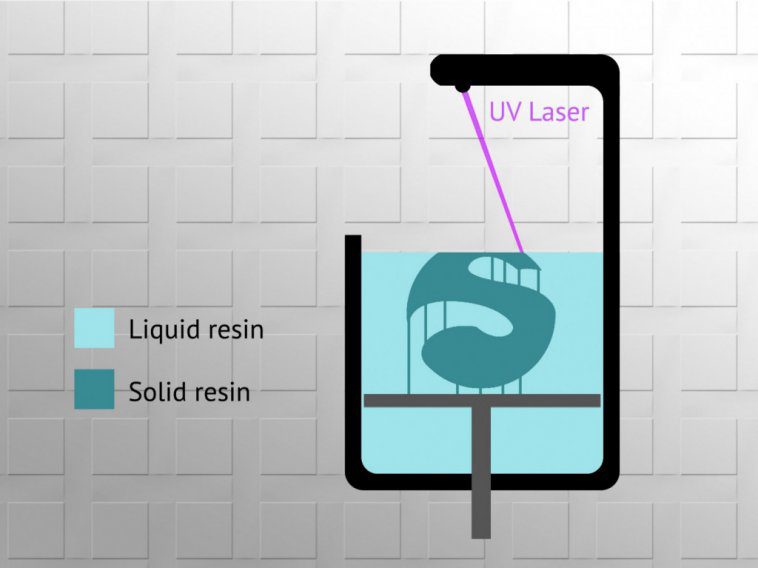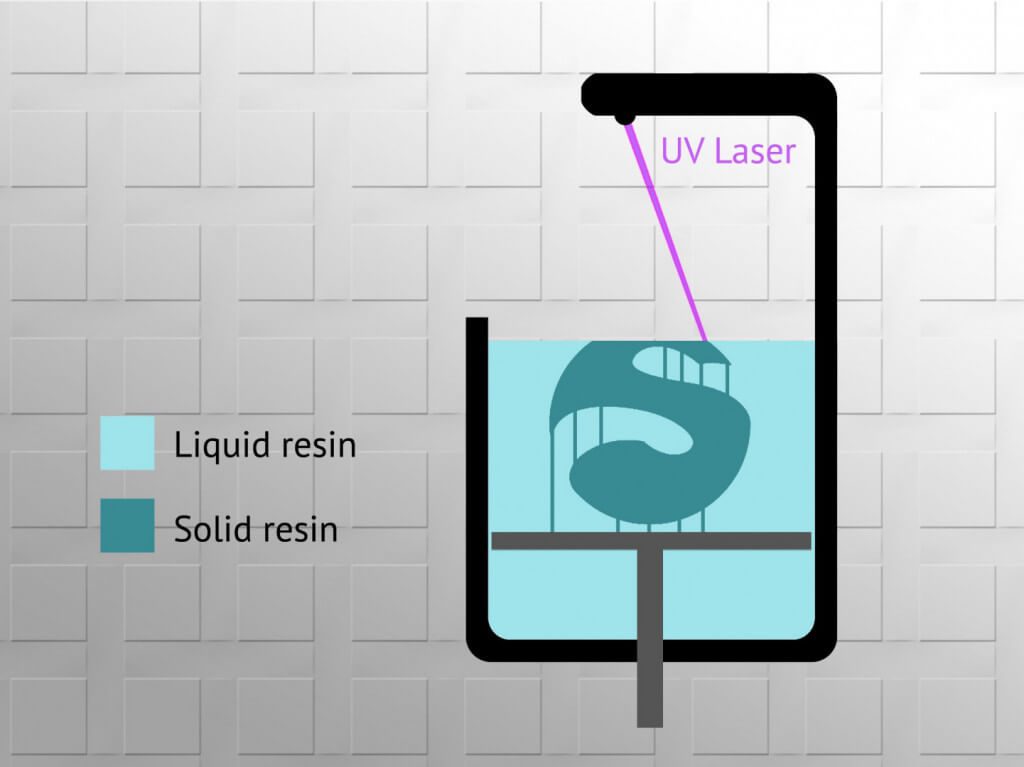When it comes to 3D printer sales, stereolithography (SLA) definitely trails behind fused deposition modeling (FDM). But in terms of quality, you’ll find that an SLA 3D printer is usually the way to go. If you choose an SLA 3D printer, you usually don‘t go for big builds, but for quality and highly detailed objects – which makes an SLA / DLP 3D printer a favorite for labs and jewelers.
Don’t Miss: 20 Cool Resin/SLA Models to Make on your SLA 3D Printer
On the small-scale end of the industry, both 3D printing technologies are still in their infancy, having only recently entered the home and small business markets. FDM was the natural to take the lead, with fewer cost and patent restrictions. Yet as SLA 3D printer technologies advance and patents expire, the sales gap between the technologies has begun to narrow.
Of course, quality is what we generally strive for when it comes to our 3D printing endeavors. For most, an FDM printer is sufficient. But compare an FDM print to one made by any SLA printer and you’ll quickly see the difference. Overall quality and finish goes to the SLA printer. Especially when it comes to detailed 3D prints, even a mediocre SLA 3D printer beats most FDM printers.
Of course, as is usually the case, there’s a trade-off. Compared to most FDM printers, a typical SLA 3D printer is relatively expensive, slow, and a bit messy.
But things are changing. Looking at the latest generation of desktop SLA printers, both the price and complexity are quickly falling. Case in point, many models are now available for less than $5,000.
With many more affordable SLA printer models on the market, those requiring high-quality prints should consider taking the plunge. Here we take a look at some of the best resin 3D printers on the market today.
This list takes a look at both SLA and DLP printer models falling below $9,000. Not present here are large industrial resin 3D printers, such as those manufactured by EnvisionTEC and Prodways. These machines often cost more than $50.000 and are aiming at professional use cases.
The aim is to offer you consumer resin 3D printers that teeter between affordability and quality.
How Do Resin (SLA/DLP) 3D Printers Work?
Stereolithography (SLA), also known as stereolithography apparatus or resin printing, produces 3D models out of photopolymers. Taking the form of a resin, these are polymers whose molecules link together when exposed to light, a process called photopolymerization.
SLA comes in two forms, depending on how the reaction is activated. The first is laser SLA — referred to here simply as SLA — where a laser selectively “draws” an object’s layers. The second is digital light processing (DLP), where entire layers are digitally projected onto the resin.
Website: LINK



